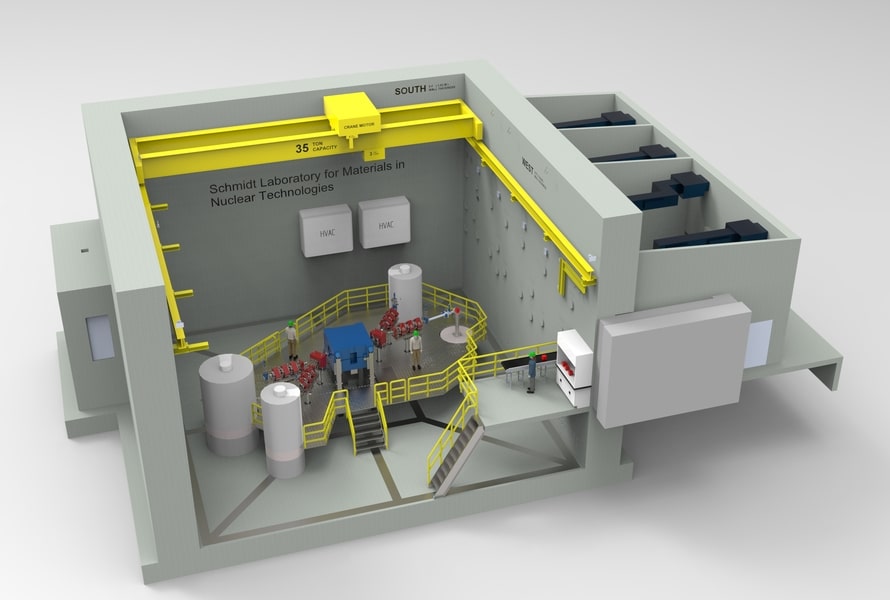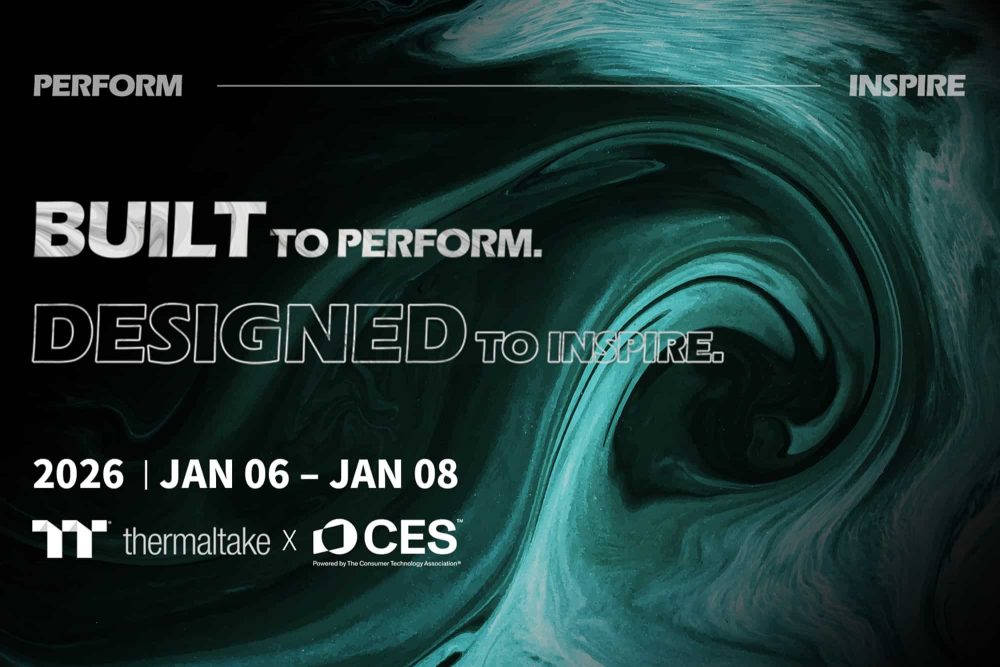The Schmidt Laboratory for Materials in Nuclear Technologies aims to deliver game-changing materials for near-limitless clean energy
MIT is putting pedal to the metal in the global race toward near-limitless clean energy. With a combination of philanthropic backing, strategic repurposing of existing infrastructure, and world-leading research expertise, the university has launched the Schmidt Laboratory for Materials in Nuclear Technologies—or LMNT—a new facility aimed at solving one of the most stubborn roadblocks in fusion energy: the materials problem.
Slated to begin experiments in early 2026, LMNT is part of the MIT Plasma Science and Fusion Center (PSFC). It will use innovative proton beam technology to rapidly test materials under fusion-like conditions, paving the way for power plants that can withstand the crushing heat and radiation of fusion reactions. This lab isn’t about incremental improvements; it’s about accelerating a paradigm shift.
The Fusion Frontier: Materials Matter
Fusion—the same process that powers the sun—could offer humanity a clean, near-infinite energy source. But getting there is no small feat. One of the biggest engineering challenges is identifying and validating materials that can survive intense bombardment from 150-million-degree plasmas and energetic particles inside a fusion reactor.
That’s where LMNT comes in. Backed by a philanthropic consortium led by Eric and Wendy Schmidt, the lab will focus on selecting, refining, and validating new materials for fusion reactors in months rather than years, using cost-effective proton beam simulations instead of waiting on slow, expensive, and less accurate tests inside fission reactors.
Zachary Hartwig, head of LMNT and an MIT nuclear engineering professor, explains the vision:
“We need technologies today that will rapidly develop and test materials to support the commercialization of fusion energy… LMNT’s mission includes discovery science but seeks to go further, toward real material selection for real fusion power plants.”
Inside the LMNT Lab: A Repurposed Legacy for Future Energy
The lab is being built inside the massive, heavily shielded concrete vault that once hosted the Alcator C-Mod tokamak, a historic fusion experiment that ran from 1992 to 2016. By repurposing the space, LMNT sidesteps expensive construction delays and accelerates its deployment timeline.
At the heart of LMNT’s new approach is a cyclotron—a type of particle accelerator already common in the healthcare industry. This off-the-shelf device will deliver powerful proton beams, which can simulate the damage expected in a working fusion reactor far more accurately than current methods.
Unlike low-energy beams or fission-based testing, proton beams can penetrate deep into materials, enabling simultaneous testing of multiple samples and revealing real-world structural performance in days rather than years.
Four experimental areas will surround the cyclotron, dedicated to fast-paced material science and testing. LMNT’s facility is designed not only to push the frontier of fusion materials research but also to train a new generation of scientists and engineers to tackle tomorrow’s clean energy challenges.
A Model for Rapid Innovation in Climate Tech
MIT sees LMNT not only as a lab but as a blueprint for how public-private partnerships and focused philanthropy can fast-track energy breakthroughs.
“This is a bold, high-risk, high-reward endeavor,” says Nuno Loureiro, director of the PSFC. “But that’s exactly the kind of approach we need to meet the urgency of the climate and energy transition.”
LMNT is a crucial bridge between scientific discovery and commercial deployment. While traditional research cycles can take a decade or more, LMNT is designed to collapse that timeline. The PSFC expects to receive the cyclotron by the end of 2025, with full-scale operations beginning in early 2026.
Elsa Olivetti, a mission director of MIT’s Climate Project, underscored the urgency:
“What’s exciting is that this aligns the resources we have today—research infrastructure, off-the-shelf technologies, MIT expertise—to address the one resource we don’t have: time.”
In Conclusion
Private fusion companies have invested over $8 billion in the race to commercialize fusion energy. Google has already signed deals to buy 200 megawatts of fusion power, years before it even exists. Governments and industry alike are preparing for the post-carbon economy, and materials innovation is a non-negotiable part of that journey.
Fusion energy doesn’t produce carbon emissions, long-lived radioactive waste, or the supply chain bottlenecks that plague fission. If successful, LMNT could help remove one of the final barriers to unlocking a new era of sustainable power—clean, abundant, and virtually inexhaustible.


